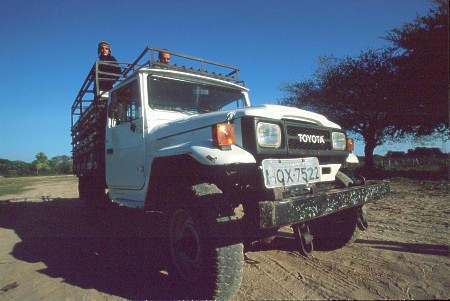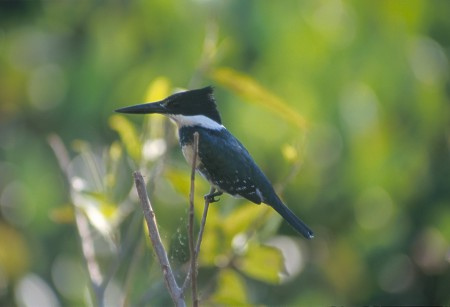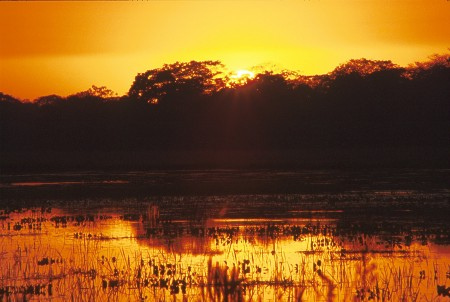The Southern Pantanal
Almost two-thirds of the Pantanal is situated within the Brazilian state of Mato Grosso do Sul. This is a great starting point for anyone looking to explore the Pantanal in depth - with some of the Pantanal's best cattle stations, the usual array of Pantanal wildlife, and the must-see adventure playland of Bonito.
For those arriving from elsewhere in Brazil, your main entry point is likely to be Campo Grande, the state capital. This is a modern planned city - with wide streets and boulevards. It also has an impressive amount of parks which are worth exploring - and which provide interesting insights into the region's culture and history. Despite being located outside the Pantanal, its a convenient hub for journeying to various Pantanal locations.
Corumbá, has won the honorary title as "Capital of the Pantanal". Although considerably smaller (and sleepier) than Campo Grande, it's the biggest town within the Pantanal and an important historial centre. It was formerly one of the world's busiest river ports transporting the products of the regions (including exotic animal skins) to the rest of Brazil, North America and Europe. Old buildings dating from this period still line the riverfront and are being progressively restored. It even has its own little touch of Rio de Janeiro with its Cristo Rei do Pantanal statue overlooking the town and large annual Carnaval festivities which draw participants from across the region. The town is also a favourite destination for Brazil's sports fishing fraternity with many fishing boats and Barco-Hotels operating from the waterfront. Corumbá is likely to be your entrance into the region if arriving from Bolivia on the infamous Trem da Morte (the "Death Train").
For those interested in seeing wildlife, the Estrada Parque (Park Road) is another great attraction. This is a unpaved road headed out of Corumbá, which provide a route to several small settlements and cattle ranches in the heart of the Pantanal. Although it lacks the fame of the Transpantaneira, travellers along the Estrada Parque will often see capybara, jacaré (in their thousand), giant anteaters, anacondas and diverse birdlife. Jaguars are also sometimes seen but are rare, requiring considerable luck.
Aquidauana is another popular Pantanal region for visitors. This, together with neighbouring Miranda, contains most of the southern Pantanal's tourist-accessible cattle ranches. These ensure complete immersion in your Pantanal experience - providing comfortable lodgings with ample wildlife viewing opportunities, and a chance to sample pantaneiro cowboy culture. This region includes small mountain ranges, known as the Maracajú Plateau and Serra . The higher altitudes mean cooler and more comfortable temperatures - along with several fast-flowing rivers suitable for kayaking, fishing and picturesque waterfalls.
The Pantanal region of Nhecolândia is located between the Taquari river and the Rio Negro - incorporating the towns of Coxim and Rio Verde. This is an area popular with sports fishermen, containing rapids and small waterfalls which provide a spectacular sight as fish run upstream during the annual piracema spawning season (November to March) - and ensure a feast for the region's jacarés. This region is also historically significant, as more than two centuries ago the local rivers provided the main highway for early settlers and gold miners via the monções (river expeditions). An old rock known as the Pedra do Leireiro, which served as a marker post and contains inscriptions from these expeditions can still be found here.
The southern-most Pantanal regional is the area of Nabileque. The includes the town of Porto Murtinho, which is the last major Brazilian town before it passes into Paraguay. This is another historic town, band another major centre for fishing.



To view full-screen: Press the right-most button on the toolbar beneath the map.








Photo Credits: Giant Otter feeding in the Pantanal (Shutterstock/Cat Downie)
Pantanal Escapes